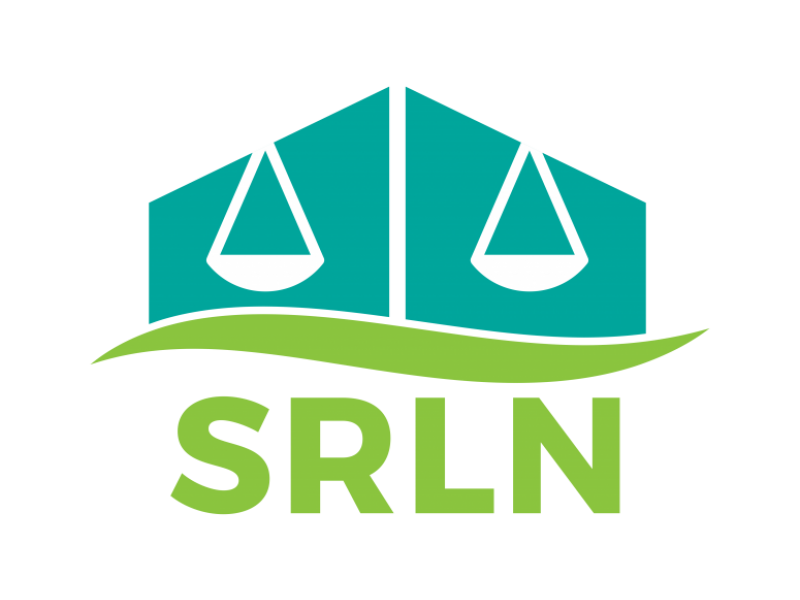
Document Author(s):
Year Published:
Topics:
Region:
Tags:
News: Language Access: Key Component for 100% Access (SRLN 2016)
In the last few years, state courts throughout the country have renewed their focus on language access planning and services for limited-English proficient (LEP) users. These efforts have largely occurred in response to the DOJ’s 2010 letter reminding courts of Title VI obligations as well as rapidly growing LEP populations nationwide (see Center for Immigration Studies 2015 report). Comprehensive language access reports such as the ABA Standards for Language Access in Courts and the NCSC National Call to Action have also increased awareness surrounding the need for language access planning. For many courts, language access has become a critical element in overall court planning. As Oregon Judicial Department’s annual language access reports demonstrate, improved language access results in increased access to justice.
Traditionally, services for LEP court users have focused on the provision of court interpreters in the courtroom. However, recognizing that many court participants never see the inside of a courtroom, complete language access planning addresses services in all significant interactions between LEP users and the court. From courthouse entrances to self-help centers and court websites, courts are providing language access services at multiple points of contact in the justice system. California’s recently adopted language access plan, still in its first phase of implementation, provides an example of comprehensive planning.
Ensuring that language access service providers are qualified is also a key piece in expanding access to justice. Bilingual employees must possess the level of language proficiency and skills required to perform their job. A bilingual staff person at a self-help center, for example, where extensive legal information may be provided, will likely need a higher level of language proficiency than a cashier at the court. Similarly, translation protocols and policies require the use of qualified translators to ensure accurate and linguistically and culturally competent translations. Interpreters, too, must be qualified to ensure that language access is meaningful. To this end, many states now have interpreter credentialing programs that utilize standardized exams to assess interpreter skills, as well statewide policies and requirements for the appointment of qualified interpreters. One model training program, New Mexico’s Center for Language Access, offers a variety of online training programs for bilingual staff at courts and other agencies, prospective interpreters, and those already working in the court.
Technology has become a critical tool in expanding language access. An example of a technology that is gaining momentum nationally is video remote interpreting (VRI), which allows an interpreter to assist an LEP user from any location via video. The National Center for State Courts (NCSC) will soon launch a national VRI pilot project that will include a national database of VRI interpreters and the provision of the VRI capability for courts and interpreters. VRI has great potential for improving the provision of language access, in a cost-effective manner, for appropriate court proceedings as well as programs outside the courtroom, such self-help centers and legal aid providers. Alaska’s court system is just one of the many states leveraging VRI to expand access to LEP court users while also realizing significant cost-savings.
Other language access planning components incorporated by courts include using universal icons on signs, translating self-help and legal resource webpages, and offering document assembly programs with translated interviews. Tools to enable court staff to better serve LEP customers such as the brand new (and still in its early stages) Language Access Toolkit are also being developed. Lastly, to ensure accountability and monitoring of language access efforts, court plans include complaint mechanisms, comprehensive judicial branch training, and outreach and public engagement initiatives to make sure that language access planning remains responsive to community needs.
For information on each state’s language access efforts, visit NCSC’s Language Access Program by State web page. To access a myriad of language access resources nationally, visit SRLN’s Plain Language & LEP page.
To learn more about SRLs and language access contact Cristina Llop at [email protected]